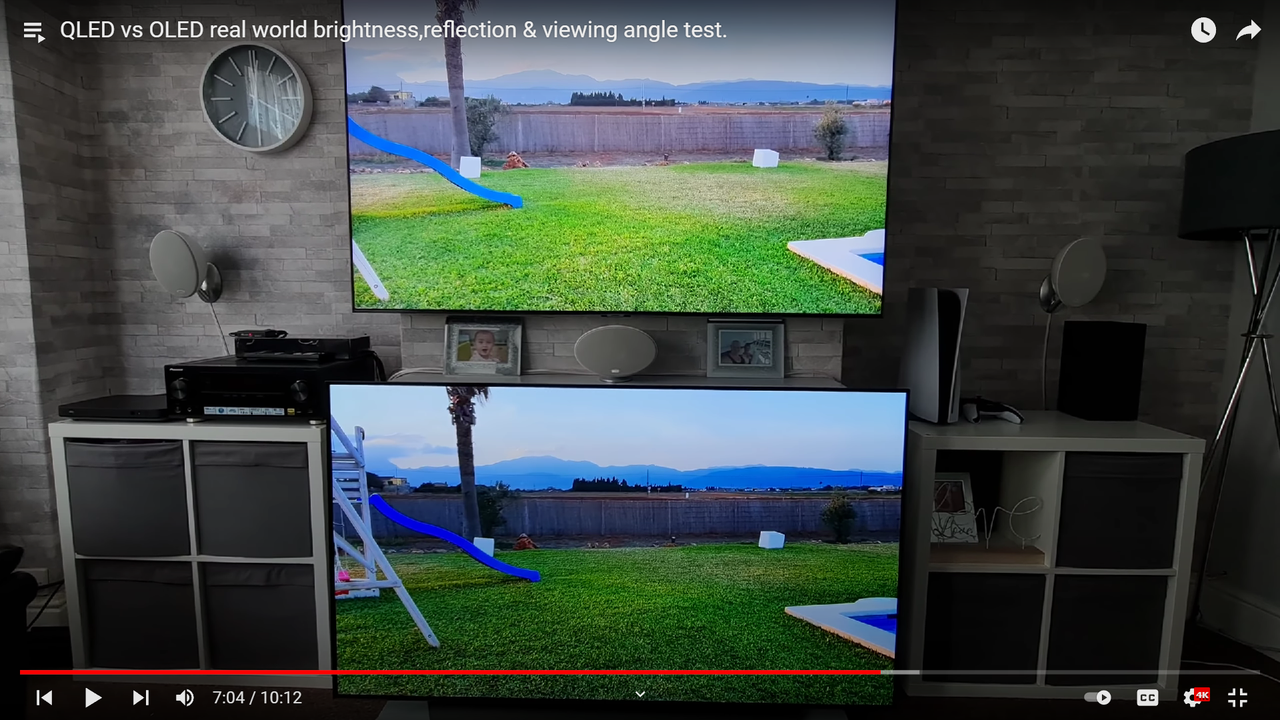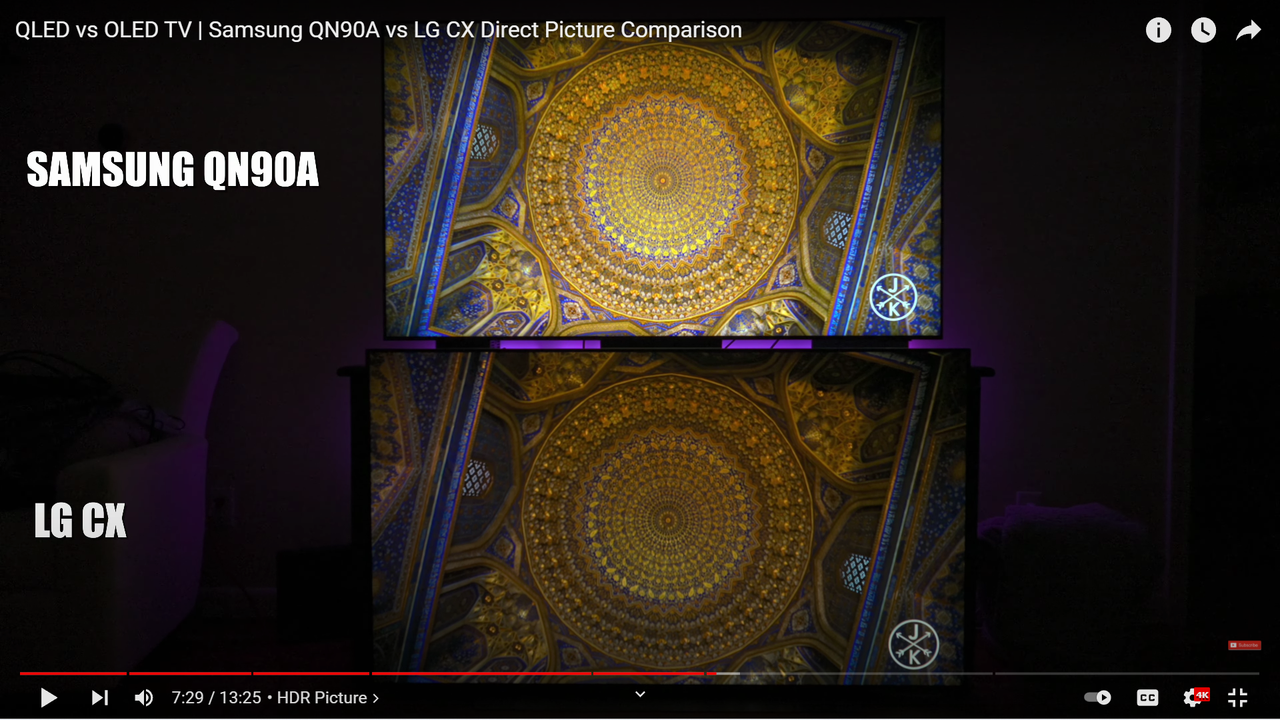dolabla
Member
I assume this applies to worldwide as well (I know UK and Canada for sure), but you just never know with Samsung. From Amazon:

For anybody who doesn't know, this will a be another smaller display on the market to compete with the 42" OLED's but it's Mini LED. It has four HDMI 2.1 inputs. The QN90B 55" and larger sizes don't have the 144hz refresh (120hz instead) which is shocking coming from Samsung due to their history of removing features smaller sets instead (like last year's QN90A that was completely stripped down and only had a 60hz panel, no VRR, etc.). You have to upgrade to the Q95B to get 144hz.
Price from a couple of US retailers who have their pages already up are $1199 and $1197 so I assume that's pretty accurate.

For anybody who doesn't know, this will a be another smaller display on the market to compete with the 42" OLED's but it's Mini LED. It has four HDMI 2.1 inputs. The QN90B 55" and larger sizes don't have the 144hz refresh (120hz instead) which is shocking coming from Samsung due to their history of removing features smaller sets instead (like last year's QN90A that was completely stripped down and only had a 60hz panel, no VRR, etc.). You have to upgrade to the Q95B to get 144hz.
Price from a couple of US retailers who have their pages already up are $1199 and $1197 so I assume that's pretty accurate.




